Astral Chain Review - If Evangelion and The Wonderful 101 Had A Lovechild…
/Anyone familiar with the legendary Platinum Games knows that they make two types of games. The more common category consists of (mostly licensed) titles that fail to live up to their true potential (Transformers: Devastation, TMNT, The Legend of Korra, MadWorld, etc). Then there are the absolute classics (Nier: Automata, Metal Gear Rising, Bayonetta 1 & 2, Vanquish). I wasn’t sure at first where Astral Chain would fall in that pantheon. But the raw potential for greatness was clear from early on, and as I unlocked more Legions and faced tougher challenges, my love for the game only grew until it swelled to admiration.
Humanity’s Last Hope… No Pressure
In Astral Chain, the year is 2078, and most of planet Earth’s population has been wiped out by a mysterious invading force known only as the Chimeras, who hail from a red-tinted hellscape called the astral plane. A few chosen survivors have been rebuilding civilization on an artificial island called the Ark, but live in fear as people continue to disappear or die at the hands of the fearsome alien creatures. Enter Neuron, an experimental division of the police department with a dangerous but novel attack plan: capture the Chimeras, and, through some unexplained technology, turn them into elite warriors called Legions, which can be summoned through an arcane device called a Legatus, where they’ll operate while tethered to their master through the titular astral chain.
If this setup sounds like a mish-mash of Pokémon and Neon Genesis Evangelion, you’re half-right. Astral Chain has little of the former, but boasts the white-knuckle action, memorable cast, genre-busting humor, and odd thematic pacing of the latter. You play as one of two twins recently transferred to Neuron, and in a show-stopping early skirmish, all your fellow Neuron operatives lose their Legions; this leaves you as the sole person with the ability to save the remaining fetters of humanity from being abducted through extra-dimensional gates and turned into monsters. No pressure though.
Twists and turns abound in the narrative, but while it’s capably written, animated, and voice-acted, it’s not what defines Astral Chain. What compels the player to care so much about the world and the characters that inhabit it is - cheesily enough - the care put into the world-building, which sustains the illusion that you are humanity’s only hope, your fellow cops have got your back, and that the actions you take, whether investigating a crime scene, healing civilians, or helping find lost loved ones, really do matter in the long run.
It’s bold for a game whose selling point is its intense action bits to have you perform mundane tasks such as bringing cheer to sick children, chasing graffiti artists, or re-arranging parked cars. But that’s not just part of its charm, it’s central to its theme: Astral Chain is, ostensibly, about selfless service, right action, and duty; it’s about rising to the challenge to go that extra mile for the sake of the future and feeling absolutely inspired at the end of the day. It’s empowering, and not just as a typical power fantasy.
Five Ways to Kick Ass and Take Names
As for the gameplay, I can’t rave enough about it. It’s a mix of action and platforming in and out of the astral realm, puzzle-solving, and police work, so no one element gets old. Even for Platinum diehards, there’s a learning curve. You’ll be controlling two characters at once, and while your avatar has three different weapons that can be switched on the fly - a standard baton, gun, and powerful gladius - the Legions are the real heavy-hitters, and the meat of the gameplay lies in optimizing your damage output, often by trapping foes with the astral chain and chaining Sync attacks with your Legions.
You’ll unlock the five Legions over the course of the story; the Sword Legion will be your go-to all-around choice, and it basically boasts Metal Gear Rising’s Blade Mode as a special ability. The Arrow Legion excels at long-ranged fighting and can be aimed precisely. The Arm Legion’s massive fists are great for moving objects, and you can wear it like a suit of armor and pummel enemies ala Wonder-Red. The Beast Legion doesn’t do great damage, but you can ride it around, and it’s the most helpful outside of battle. Finally, the Axe Legion is a heavy-hitting tank who can deflect projectiles, protect you from poisoned gas, and stun opponents with its punishing blade.
Legions have skill trees with equippable Skills of some variety. You can also assign certain battle-boosting Abilities (think Nier: Automata’s data chips) to up your stats. There’s some planning involved since the same materials you use for Legion Learning are used to upgrade your weapons and Legatus, the latter of which is needed to boost the time you can have your Legion out.
That’s right, summoning these beasts drains energy that replenishes when they aren’t around. Said energy is also lost when your Legion absorbs enemy attacks, so you’ll need to summon and call back your Legions accordingly. You can also use the chain for cool tricks, like bouncing back charging enemies, swinging around crystals to flank your foes, or smacking multiple enemies as you fling by, 3D-maneuver gear-style.
Saving The World, One Kitten at a Time
If this all sounds quite complicated, that’s because it is, but don’t worry: you get the hang of it pretty fast. A third of the way through my initial twenty-hour playthrough, I felt comfortable hot-swapping Legions and taking on multiple targets at once. The only issue that stood out was a sometimes-wonky camera. When fighting up against a wall (or worse, a corner), the camera can get stuck in a position that obfuscates the player’s view of the action. Thankfully, this wasn’t prevalent, but it’s especially frustrating because it seems like this hasn’t been a real issue in third-person action games for years now.
There’s no shortage of enemy variety. Whether you’re battling gorilla-like beasts, swordmasters, rebels, or homunculi that recall Evangelion’s Angels, you’ll need to keep on your toes. Unlike in Bayonetta 2, where I felt myself playing by instinct, you can’t just dial-in tried-and-true combos. You’ve got to stay focused and adapt to your opponents’ repertoire of options, which I absolutely loved. What’s more, I’m happy to report that the final chapter of this tale doesn’t drop the ball.
Some might complain about having to do actual police work between bloodbaths, but in my opinion, these interludes, where you’ll save abandoned kittens, chat with tsundere vending machines, and powwow with fellow officers, only help one to further savor the action. And it isn’t as if there’s any lack of it: on the contrary, when Astral Chain gets going, its set-pieces are balls-to-the-wall and beautifully-realized. Just don’t expect the game to be nothing but action: I spent around half of my time fighting; your mileage may vary based on skill level.
About that: Astral Chain really needed more difficulty options. Casual is for those simply interested in the story, and Unchained’s six default revives are too forgiving, but seasoned gamers will likely find even PT Standard too easy. Beating each mission unlocks it on PT Ultimate (no revives, no guard mode), but I would have much preferred to have Ultimate from the get-go. In any case, you can always change the difficulty between missions and replay them.
In addition to the twelve main missions, there are many sidequests that bring their own rewards. Orders are in-game tasks for unlocking goodies like costumes or upgrades. Optional tasks may be as simple as taking in-game photos of characters to unlock their backstory. There’s also a co-op mode, where a friend can take control of the Legion.
A Journey Into the Unknown Worth Taking
Technically, Astral Chain makes the most of the Switch’s hardware with stylistic, animé-inspired cel-shading. Animations are smooth, and the game runs at a smooth 30 FPS, with dynamic resolution scaling in docked mode between 720p and 900p. In a few intense situations, I noticed dropped frames, but nothing that detracted from the experience. In handheld mode, however, the game drops anti-aliasing.
Astral Chain also boasts a strong soundtrack; Lead composter Satoshi Igarashi weaves a mix of electronic, metal, and orchestral elements together, some with vocals, into a variety of compositions. While certain themes could have been longer so as to not seem so repetitive, none stand out negatively.
I’m beyond pleased to say that Astral Chain definitely falls within the higher tiers of Platinum Games’ offerings. It boasts a wholly unique and fully-realized gameplay mechanic, above-average world-building and characters straight out of animé, a memorable soundtrack, and more than enough replay value, all glistened with a coat of polish that will have you itching for more, even once you’ve completed its twenty-odd-hour campaign. It’s all so rewarding. I’m currently working on the PT Ultimate difficulty, but even after all is said and done, I know for sure that I’m going to continue to revisit the Ark.
9/10
Highlights
+ A variety of gameplay including a unique two-character take on Platinum’s signature fast-paced action
+ Great world-building with well-executed dialogue and memorable characters
+ Lots of replay value including a very punishing Ultimate difficulty
+ /- Some may feel the game’s emphasis on police work and side-quests are filler, while others will fall in love with the world-building
- A lack of initial difficulty options means the first playthrough may be too easy for the hardcore
- Sometimes wonky camera can get stuck behind walls and corners
What I’ve Played
Beat the game on PT: Standard with a B average rank
Played several missions on PT: Ultimate
Closed all cases on the last file
Played on: regular Nintendo Switch

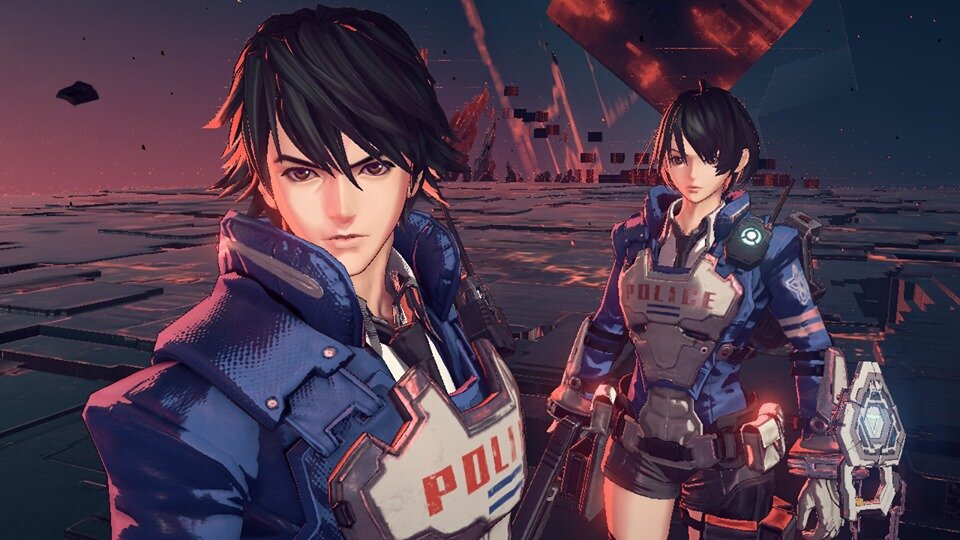
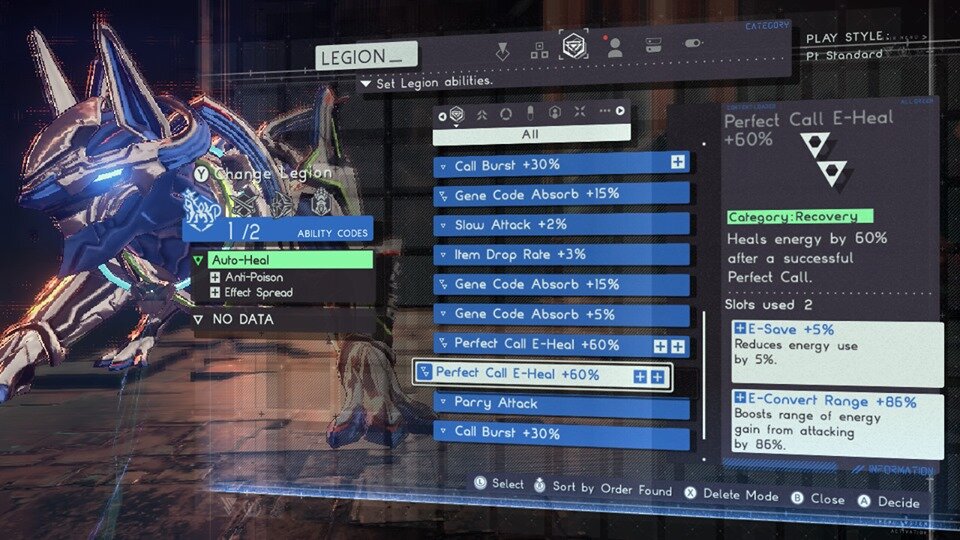

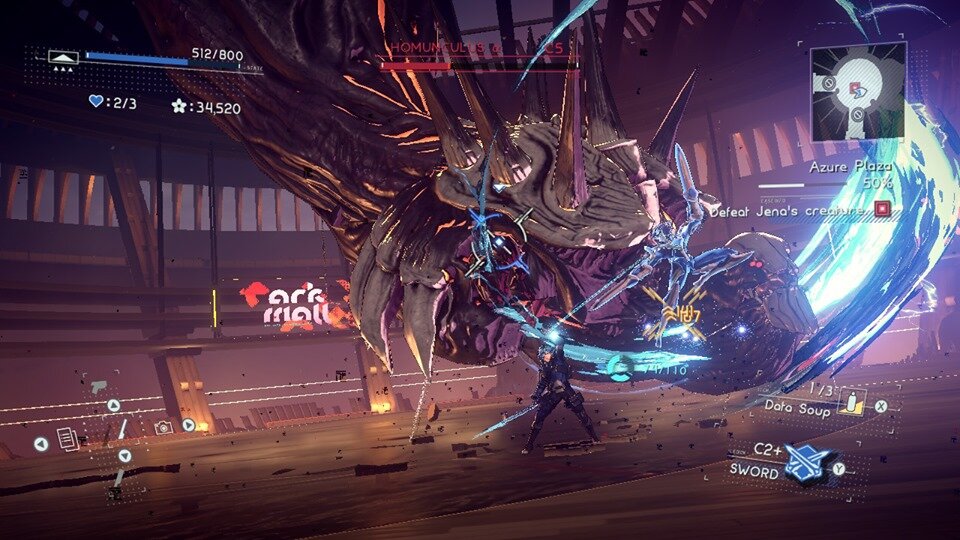







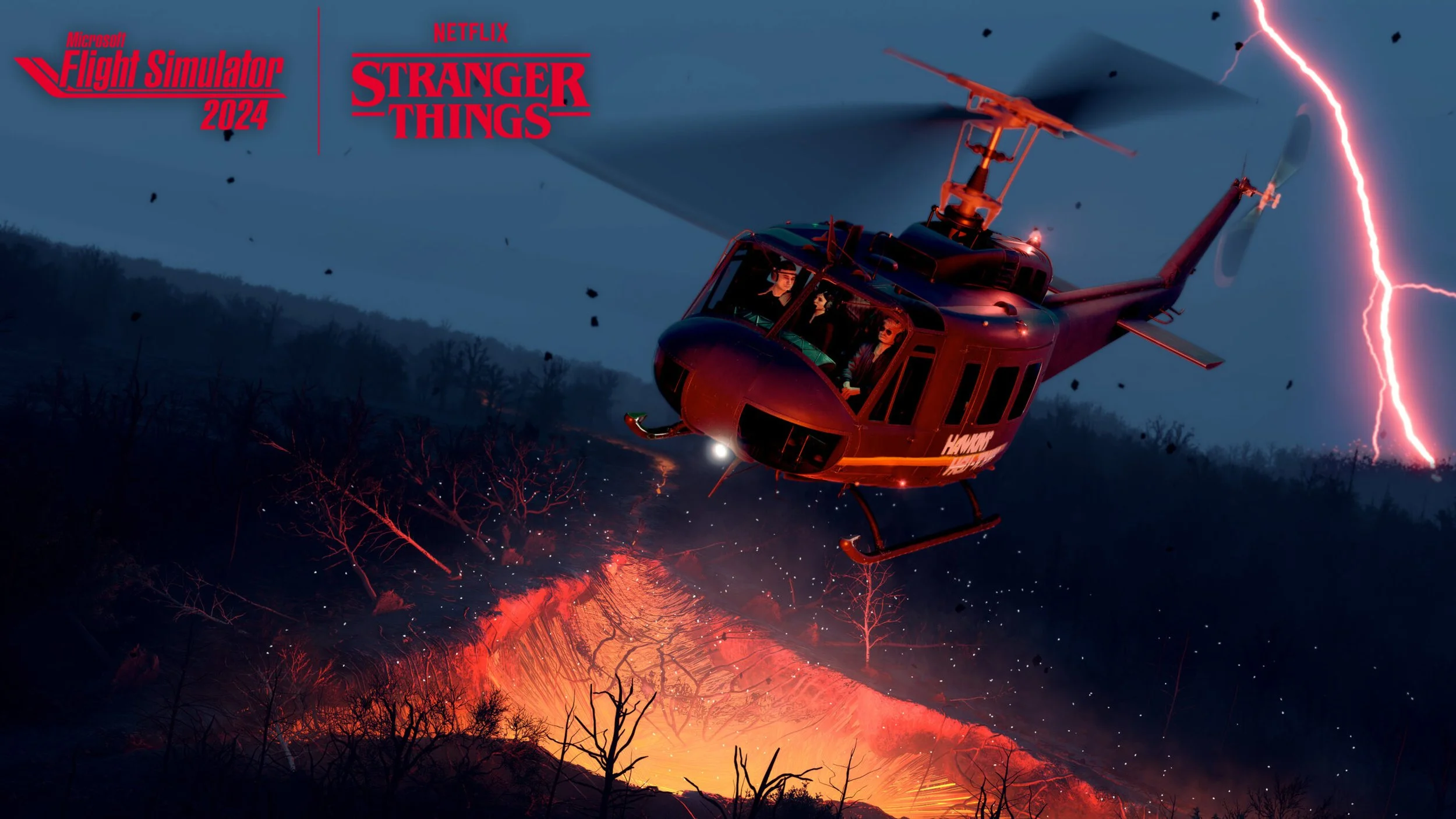
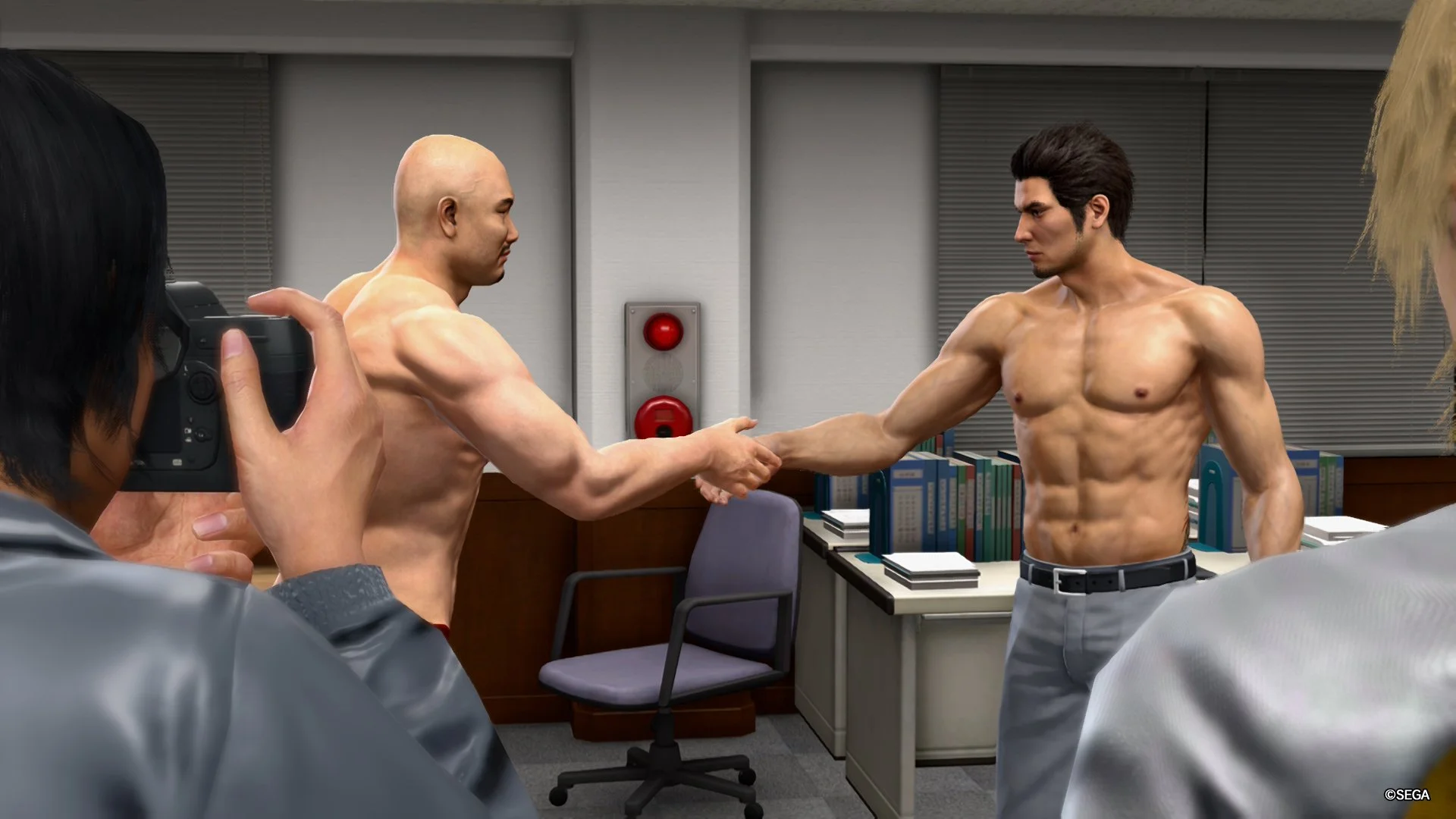



Still shopping for a gamer? Here’s a Philippines-focused last-minute video game gift guide for 2025, featuring Steam sale deals, PS5 discounts, Switch games, and digital gift ideas.